Tag: Vancouver Playhouse
-

PROGRAM NOTES: JAKUB JÓZEF ORLIŃSKI
J.J. Fux Non t’amo per il ciel from Il fonte della salute, aperto dalla grazia nel Calvario Johann Joseph Fux was an early-18th-century Austrian court composer of the first rank, best known by musicians today for his widely studied treatise on Renaissance counterpoint entitled Gradus ad Parnassum (1725). The Hapsburg court in Vienna was the…
-

PROGRAM NOTES: ISATA KANNEH-MASON
Wolfgang Amadeus Mozart Sonata No. 14 in C minor K. 457 In 1785 Mozart’s Sonata in C minor was published together with the composer’s Fantasia in C minor as a single opus, with the Fantasia forming a kind of introductory ‘prelude’ to the sonata. Given that the Fantasia was composed many months after the sonata,…
-
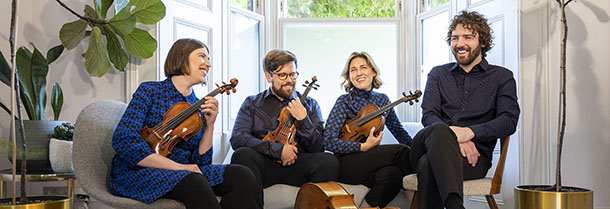
PROGRAM NOTES: CASTALIAN STRING QUARTET
Franz Joseph Haydn String Quartet in D minor Op. 76 No. 2 (“Fifths”) Haydn is known as the father of the string quartet for his leading role in transforming the genre from its origins as light entertainment into a vehicle for serious composition, worthy of standing beside the instrumental sonata and the orchestral symphony. His…
-

PROGRAM NOTES: AUGUSTIN HADELICH
Johann Sebastian Bach Partita No. 3 in E major BWV 1006 If polyphonic music was not meant to be played on the violin, Johann Sebastian Bach didn’t get the e-mail. His Sonatas and Partitas for solo violin BWV 1001-1006 of 1720 reveal clearly the scope of his ambition in this regard. The six works in…
-
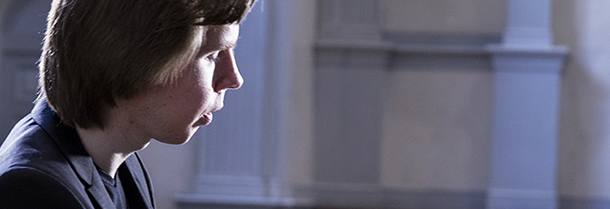
PROGRAM NOTES: JUHO POHJONEN
Wolfgang Amadeus Mozart Fantasy in C minor K 475 The year 1785 was a good one for Mozart. In the words of musicologist John Irving, he had become something of a ‘hot property’ in Vienna, enjoying considerable success both as a published composer and as a performing musician. But Mozart had also acquired a reputation…
-
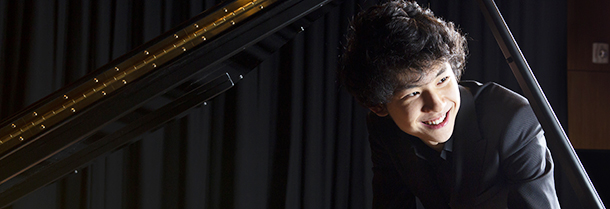
PROGRAM NOTES: TONY SIQI YUN
Johann Sebastian Bach Chaconne in D minor BWV 1004 (arr. Busoni) The 19th century witnessed a revival of interest in the music of Johann Sebastian Bach. But the sound world of the 19th century with its new spacious concert halls and louder, more powerful instruments (played by ego-driven virtuoso performers) flourished at some remove from…
-
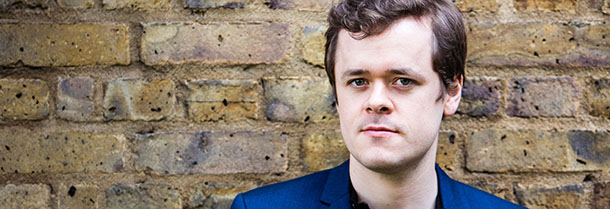
PROGRAM NOTES: BENJAMIN GROSVENOR
Jean-Philippe Rameau Gavotte and Variations in A minor The modern pianist seeking to play the Baroque harpsichord repertoire faces many obstacles, starting with the friendly fire of his own trusty Steinway itself, so different in sound from the perky little plucked-string sound box for which this music was originally written. A note on the harpsichord…
-
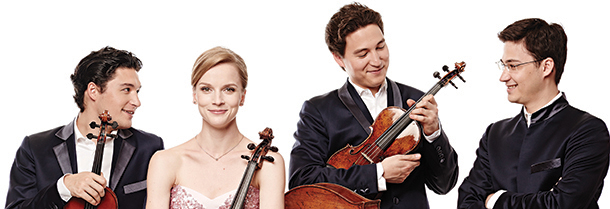
PROGRAM NOTES: SCHUMANN QUARTET
Wolfgang Amadeus Mozart Quartet in D major K. 499 “Hoffmeister” Mozart’s most accomplished string quartets are generally considered to be the ten he wrote after moving to Vienna in 1781, beginning with the set of six dedicated to Haydn, published in 1785 and ending with the set of three dedicated to the King Friedrich Wilhelm II…
-
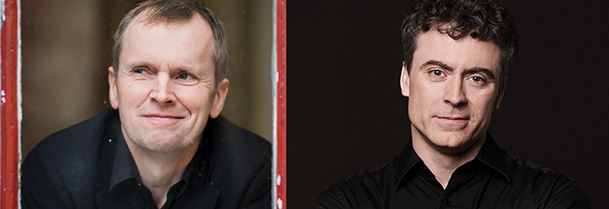
PROGRAM NOTES: STEVEN OSBORNE AND PAUL LEWIS
Gabriel Fauré Dolly Suite Op. 56 In the 1890s Gabriel Fauré would often compose or revise small pieces for the infant daughter of his mistress Emma Bardac (1862-1934). These affectionate pieces celebrated a birthday, a pet, or a special person in the life of the young Regina-Hélène, known in the family as “Dolly,” and six…
-

PROGRAM NOTES: DORIC STRING QUARTET WITH MARC-ANDRÉ HAMELIN
Jean Sibelius Quartet in D minor Op. 56 Voces Intimae Sibelius’ Quartet in D minor was completed in 1909 and has five movements, symmetrically arranged in an arch form around the lyrical third-movement Adagio, with scherzos on either side separating it from the opening movement and finale. The name Voces Intimae derives from a Latin…

